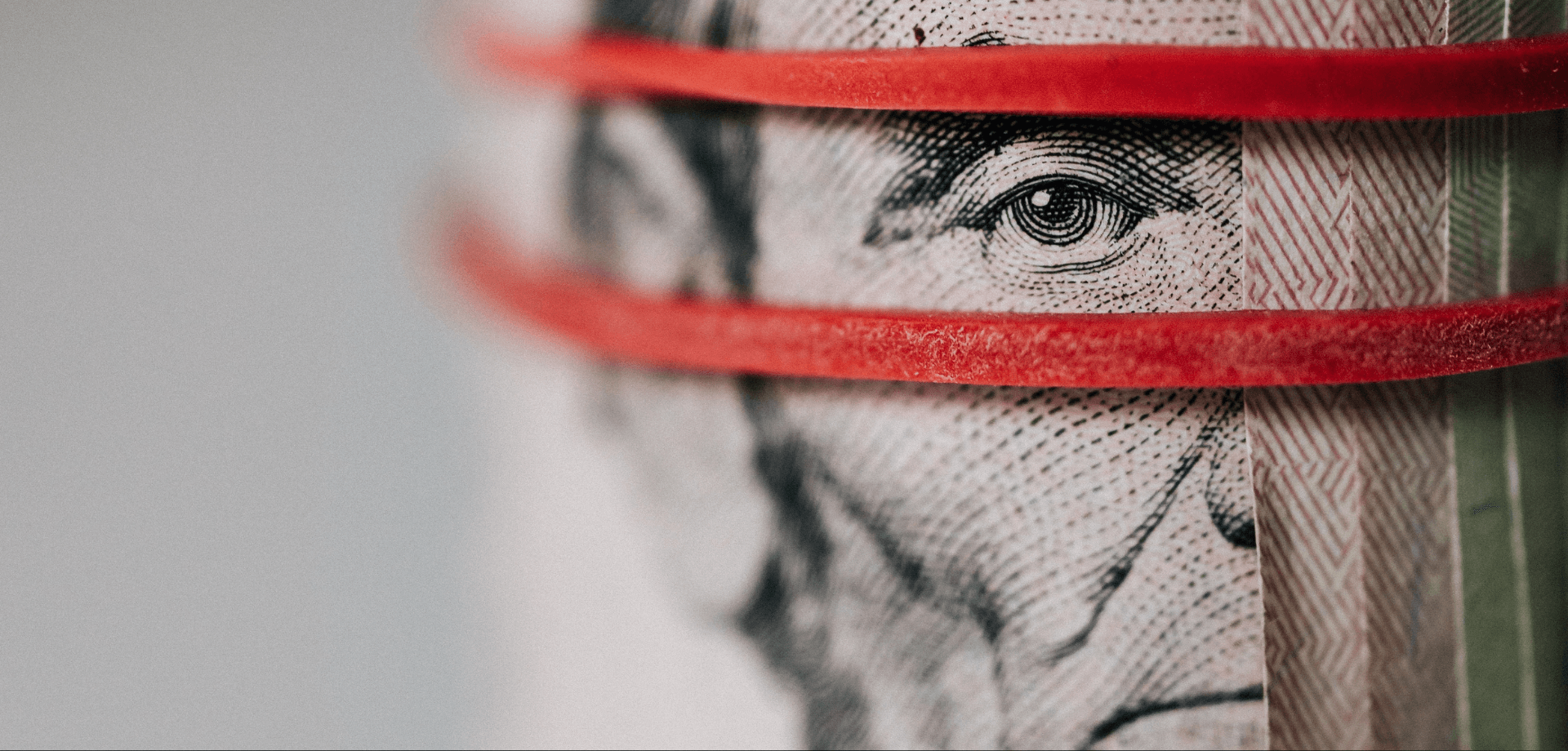
Building an Emergency fund
Why build an emergency fund you ask? Emergency funds are essential. It’s a shock absorber for life’s bumps that will prevent you from adding to your debt. The coronavirus outbreak has highlighted the importance of an emergency fund.
Insights that are crucial to remember
- Find ways to save money and put that money, along with any windfalls you may receive, into your fund.
- The general rule of thumb is to have three to six months of living expenses stashed away in an emergency fund.
- Last but not the least, the foundation of any sound financial strategy is a savings account set up specifically for unexpected events.
So, what do you need?
Financial experts advocate having an emergency fund equal to three to six months of living expenses on hand, however some may argue that a reserve of one to two months’ income is sufficient. That’s a fantastic goal to have, and it should be a major focus of your financial strategy. However, getting there will take some work.
First, calculate your monthly spending. In 2017, the average consumer unit, similar to a household, spent $60,060, according to U.S. Bureau of Labor Statistics statistics released in April 2019. Month-by-month statistics is below. The average household’s cash reserve is the cumulative quarterly expenses in bold.
Whether your household spending are larger or lower than usual, three months’ worth is a big figure. That number makes most people think, “I can’t afford that.”
In unpredictable times and economies, especially after the coronavirus, a proper emergency fund requires a lot of money. Corporate loyalty is gone, and unemployment can strike at the worst time. Even without a worldwide crisis, emergencies like sudden illness or disability, big car repairs, or a new roof are expensive and never convenient.
You may not have $15,015, but everything is relative. Even six months’ worth of costs is a pittance compared to the amount you’ll need to save for retirement, and no smart investor would balk at the prospect of saving enough to never work again. Three months’ expenses pale in comparison to what you’ll need over 20 or 30 years in retirement.
Implementing Your Strategy
Downgrading your cell phone service and buying a cheaper car are two easy methods to save money. Skip that two-week trip, cut back on dining out, and save your next raise or bonus to build your emergency fund.
Regular fund additions are crucial. It should be treated like a monthly bill. Set away the right salary amount. Most people are fine with transferring huge sums to credit card firms, but they balk about paying themselves first. Change it.
Eat at home and “tip” yourself by adding to your emergency fund. Put any credit card cash back or debt repayment money into your fund. Deposit tax refund checks into your fund. Just $5 every day will get you $1,825 at the end of the year and $9,125 in five years.
Here’s the deal
Having an emergency fund is like having a safety net. If you get your hands on it, keep it safe at all costs. What it isn’t is a piggy bank. Do not spend it on nonsense. To the contrary, as your income increases, you should increase the sum to reflect the new reality.
Don’t touch the emergency fund until absolutely necessary, and even then, spend the money wisely. Keep in mind that it takes much longer than expected to replace that money once it has been gone. Get started on your savings right away, no matter how small. If you’re prepared for a crisis, you can handle it without resorting to high-interest credit cards or a payday loan.